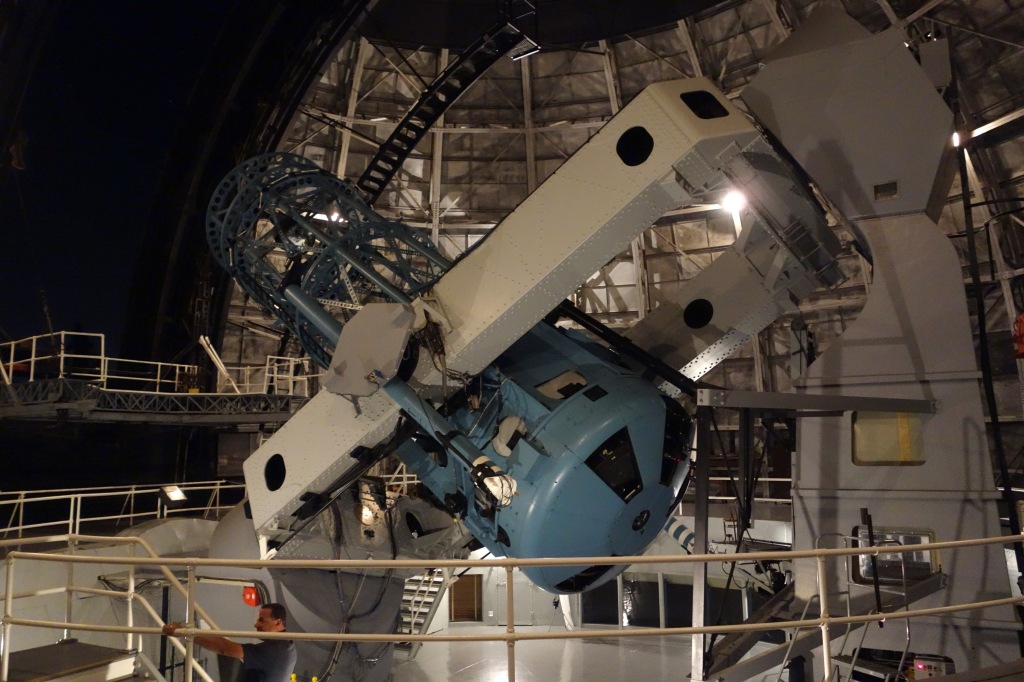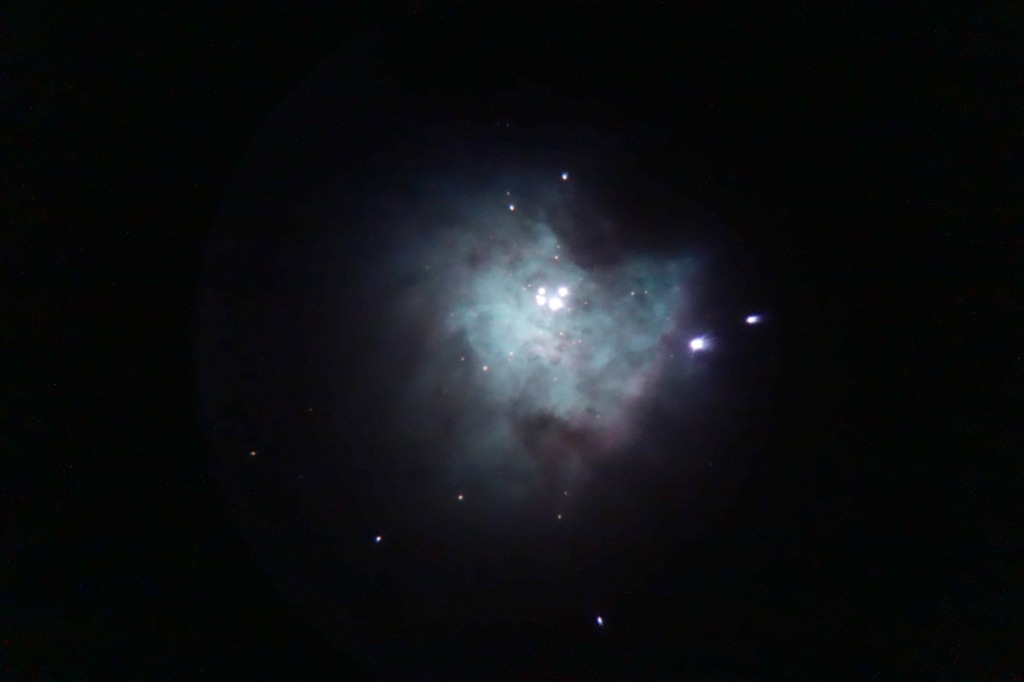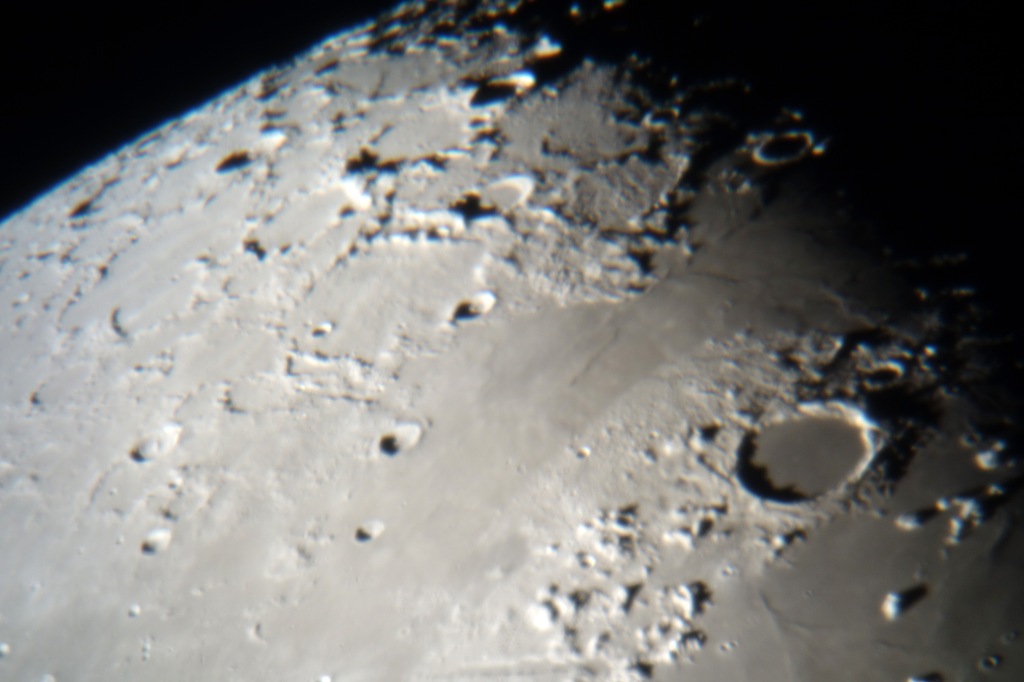A working bit of science history dodged a bullet last month.
As a kid, I must have known the names of all the famous astronomical observatories: Yerkes. Lick. Palomar. Lowell. Kitt Peak.
Mt. Wilson.
Some years ago, we began taking road trips around the American Southwest, and there are of course natural formations of grandeur and timelessness, from Carlsbad Caverns to the Grand Canyon to the Valley of the Gods.
Well, grandeur. If you spend much time out there, you begin to perceive how it’s actually changing, how time itself permeates everything. Millennia begin to feel as decades, and you foresee the end of a mountain or a mesa in a pile of rubble, already accumulating.
Yet on these trips I find the most profound, the most exciting inspiration from the monuments we encounter to human ingenuity and imagination, and daring.
The observatory atop Mt. Wilson in southern California is located just a few miles north of Los Angeles. Despite that proximity, there is active research going on, notably the Center for High Angular Resolution Astronomy, using an array of six one-meter telescopes.
But the mountain is also the site of some revolutionary science history.
Under one dome is the absolutely massive and infinitely precise 100-inch Hooker telescope.

Completed in 1917, Edwin Hubble actually used this to develop his theory of the expanding universe.
Nearby, under a somewhat smaller dome, is the original 60-inch telescope, completed in 1908.

Light pollution has rendered these goliaths useless for modern research, but the good news is that they still function, and they are available for use by the public.
No kidding.
Check it out here. You and your friends or family can spend a night viewing through one of the 20th Century’s masterpieces of engineering, assisted by some very knowledgeable (not to mention friendly) astronomers. And I highly recommend it.


But we nearly lost this.
Of the many wildfires this season, the Bobcat fire came within yards of seriously damaging or destroying everything on Mt. Wilson.
Everything. Including a century’s worth of science history that you can experience for yourself.

This time it survived, through the tireless efforts of hundreds of firefighters.

A powerful telescope is often likened to a time machine, because it shows us images from millions or billions of years ago. These telescopes are time machines in another way as well, as a connection to minds that imagined and dared and left us their marvelous works.
Yet, like the mountains and mesas, they are not permanent.
Take it as a reminder.
